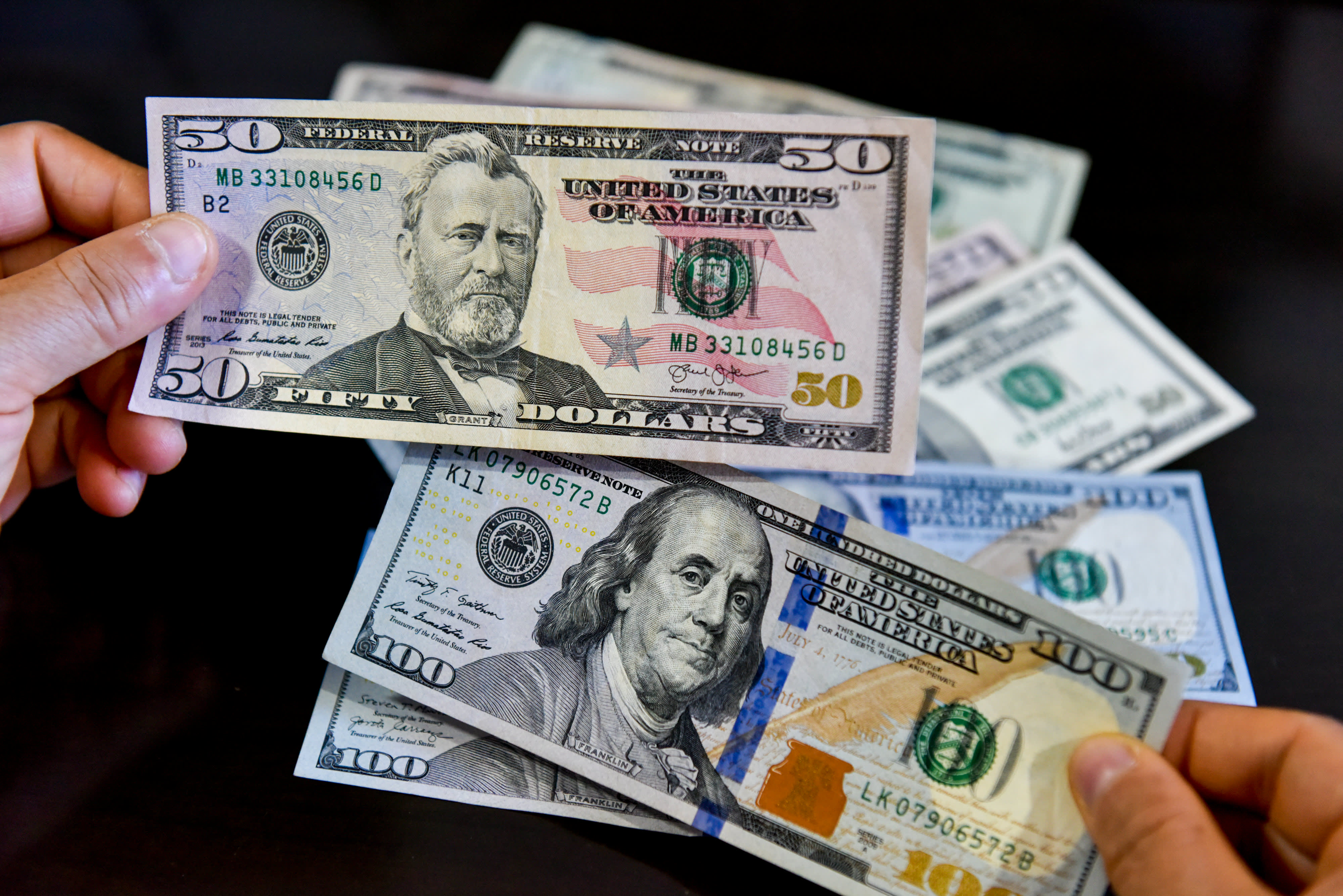The dollar index is expected to experience its first weekly decline this year.

On Friday, the U.S. dollar index was poised to experience its first weekly decline in 2024 as investors paused their purchases of the currency after a nearly two-month surge fueled by anticipation that the Federal Reserve would delay rate cuts longer than initially predicted.
The first Fed rate cut is now expected to occur in June instead of May, and investors have reduced their expectations for the extent of the U.S. central bank's rate cuts. Fed officials anticipate three 25 basis point cuts this year, while markets had predicted as many as seven.
Marc Chandler, the chief market strategist at Bannockburn Global Forex in New York, stated that the dollar's rally this year has been based on the markets returning to the Fed's prediction.
Chandler predicts that starting with the February jobs data, which is due March 8, we will observe a sequence of weaker U.S. economic data, indicating that traders may be pricing for the possibility of economic slowdown.
Next week's Personal Consumption Expenditures (PCE) may offer insights into Fed policy.
On Friday, the dollar index remained relatively stable at 103.96. Despite fluctuating between a five-month low of 100.61 on December 28th and a three-month high of 104.97 on February 14th, it currently remains below the latter.
This year, the greenback has fluctuated due to the sustained economic robustness and the Fed's warning against premature rate cuts as they aim to control inflation and approach their 2% annual objective.
Currently, investors are anticipating additional economic signals to inform their decisions regarding monetary policy.
According to Athanasios Vamvakidis, global head of G10 forex strategy at BofA Global Research, it is not yet the right time to sell the dollar, but it is predicted to start weakening in the second quarter, assuming that the Fed will cut rates in June and continue doing so quarterly.
By the end of the year, the euro is predicted to strengthen to 1.15 against the dollar, according to BofA.
If the U.S. economy remains strong, the Fed might not be able to cut in June or even this year, so we have to change our view, he added.
The decline in demand for the U.S. currency may be due to the improved risk appetite that led to record-breaking stock markets in several countries this week.
On the day, the euro decreased by 0.02% to $1.0821. Although it has fallen from $1.11395 on Dec. 28, it has risen from $1.0695 on Feb. 14.
Despite a slight improvement in German business morale in February, as shown in a survey on Friday, it may not be enough to prevent Europe's largest economy from falling into another recession.
Yen worst performer
The Japanese yen is the weakest G10 currency this year, with the US dollar gaining 6.6% against it. The dollar remained stable against the yen at 150.50 on Friday.
Japan's currency is expected to experience a fourth consecutive decline in value as investors seek higher returns elsewhere, predicting that the country's interest rates will remain low for an extended period.
Carry trades are being maintained by investors due to the Fed's prediction to keep rates high for an extended period.
According to Vamvakidis of BofA, for the dollar/yen to weaken, the Fed must begin reducing interest rates.
In cryptocurrencies, bitcoin fell 1.14% to $51,050.
markets
You might also like
- Delinquencies are on the rise while a record number of consumers are making minimum credit card payments.
- U.S. economy state weighs on little changed treasury yields.
- European markets predicted to sustain positive growth.
- Trump hints at imposing a 10% tariff on China starting in February.
- David Einhorn believes we are currently in the "Fartcoin" phase of the market cycle.



















